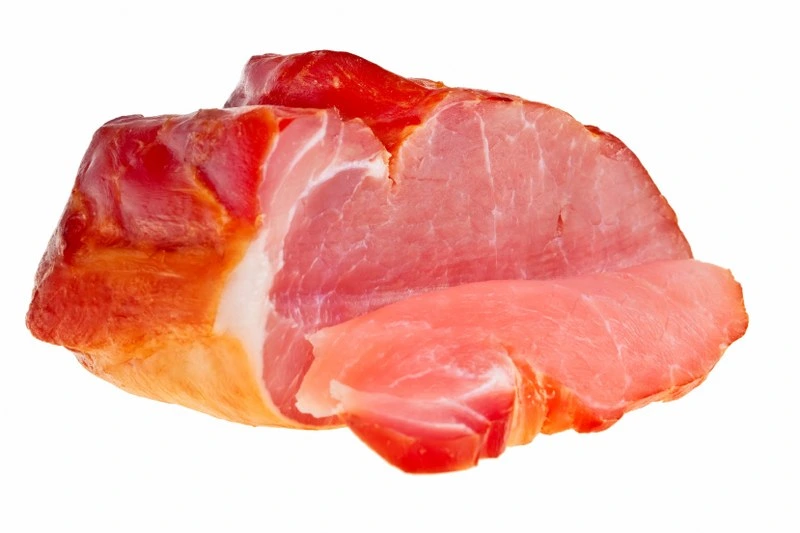Dehydrating Meat:
So far in this meat preservation series, we’ve looked at canning and curing meat. Now it’s time to learn about dehydrating meat.
All South Africans love dehydrated meat and we are known for our unique take on it with our biltong and droëwors. We’re very particular about these wind dried delicacies and we wouldn’t advise anyone to try and fool us with some of the other dehydration methods in this article, but other dehydration methods are useful for other purposes.
Regardless of the method you choose, you’re going to need to store your dried meat in a cool, dark place. Depending on the quantity you’re planning on drying, space can run out fairly quickly. With a custom Centigrade storage solution you’ll always have the right amount of space. Our custom solutions are extendable, so you can add more space as you need it.
Dehydration is one of the easiest ways to preserve meat. Dehydration inhibits the growth of bacteria, yeasts, and mould through the removal of moisture. Modern technology allows us two major choices in dehydration, allowing you a choice between a solar dehydrator and an electric dehydrator.
Solar dehydrators are great because they don’t require electricity, but they do depend on getting lots of sunlight.
Commercial dehydrators give more consistent results and are easier to work with, giving you a better quality end product. Quick and uniform drying preserves color, flavor and texture.
Most commercial units also allow you to set your temperature, which is very helpful for optimal drying of different foods. For instance, herbs dry best at lower temperatures so that you don’t drive off volatile oils, while meats are typically dried at higher temps.
If you don’t want to use a dehydrator, you can always use an oven or simply hang the meat in the sunlight. You’ll just need to make sure your meat has been cut into very thin slices, and you’ve removed as much fat as possible.
When you dry foods at home, you produce a high quality product. Compared to canning and freezing, food drying is the least damaging form of food preservation.
To dehydrate food in an oven, set temp to warm and prop door open 5-10cm. Place a fan near the oven door to improve air circulation. Use cooling racks on cookie sheets and space racks 5cm – 7.5cm apart.
Whichever method you choose, be sure to follow the instructions carefully to ensure that the meat is properly dehydrated. Yes, I know the sun cannot provide directions on dehydrating… Always use extra care when dehydrating any meat products. It’s best to store dried meats in the fridge or freezer.
Marinades are commonly used for meats to enhance flavor and improve shelf life.
Fastest and Easiest Way to Dehydrate Meat: Use Pre-Cooked SLICED Meats!
Meat that is already cooked and pre-sliced makes this task easy—we have the perfect way of dehydrating meat safely! Dehydrating meat is simply a process of removing the water content from it. Dehydration concentrates the flavor of the meat and allows you to store it for a longer period of time.
A Note About Rehydrating Meat
While vegetables rehydrate very well, I cannot say the same for dried meats. If you overly dehydrate meat, you may experience a more chewy texture than you’d like… but it’s better than not having any meat available at all unless you are a vegetarian, of course!
Experiment with longer rehydrating times for less-chewy meat!

